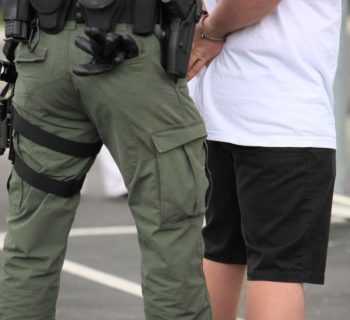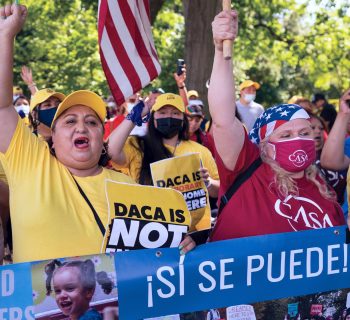By: Pedro Garza ~ Forbes ~ April 11, 2017
I can trace my ancestry to La Grulla, a small community just west of McAllen, on the Texas side of the Rio Grande. My ancestors settled there in the 1830s -- a decade before Texas became a state. They pre-date the ancestors of most current Texans.
Of course, when my family settled in La Grulla, it was part of Mexico. They became residents of the United States after the U.S. government was given their land -- or stole it, depending on your point of view -- in 1848.
My family settled in what is now the United States decades before President Trump's ancestors arrived. In other words, we "Mexicans" did not immigrate to the United States. We lived on U.S. land before it was U.S. land. And we're not going away.
The chanting of "Build that Wall" at Trump campaign rallies and in our schools was disappointing.
Even more insulting was Trump's accusation that Mexican immigrants are "criminals and rapists."
But these are only the latest salvos in the U.S. government's centuries-long track record of anti-Mexican sentiment.
A little history. In the early 1800s, with a passion for expansionism fueled by Manifest Destiny, the United States craved a passage to the Pacific Ocean -- and by extension, the shipping routes to Asia.
But Mexico inconveniently stood in the way. So, the United States invaded. The Treaty of Guadalupe Hidalgo ended the two-year Mexican-American War in 1848 and ceded present-day Texas, New Mexico, Arizona, California, Nevada, Utah, Colorado, and Wyoming to the United States.
The United States realized its "destiny" and secured its pathway to the Pacific. But it also inherited the hundreds of thousands of Native Americans and millions of Mexicans who had long lived on that land.
It was an immigration problem of the U.S. government's own making.
The U.S. Army responded to Native Americans with involuntary removals and reservations. From 1864 to 1866, nearly 10,000 Navajo and Apache people were forced to walk 450 miles to a camp in eastern New Mexico. The reservation didn't have adequate shelter or food. Over 2,300 Navajo and Apache died before the Army allowed survivors to move back home.
Source: Pedro Garza ~ Forbes ~ April 11, 2017






